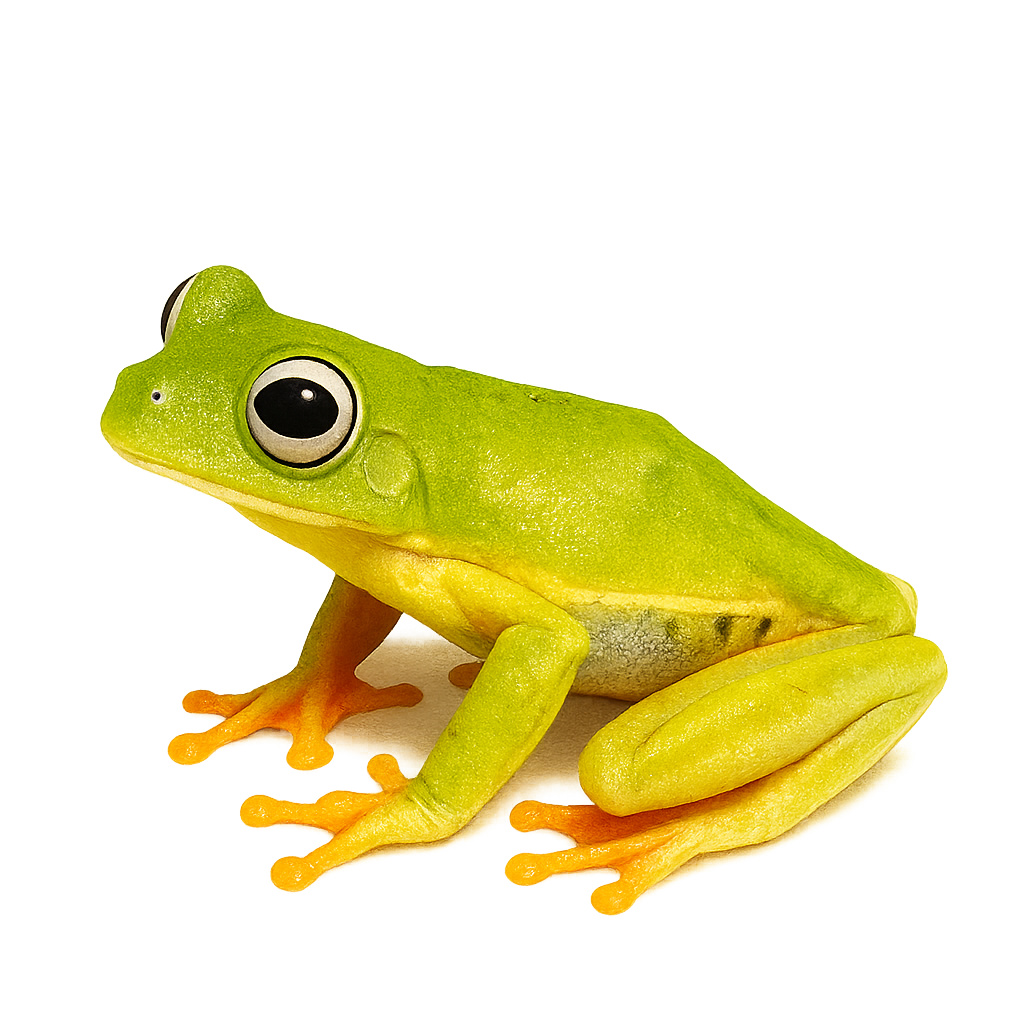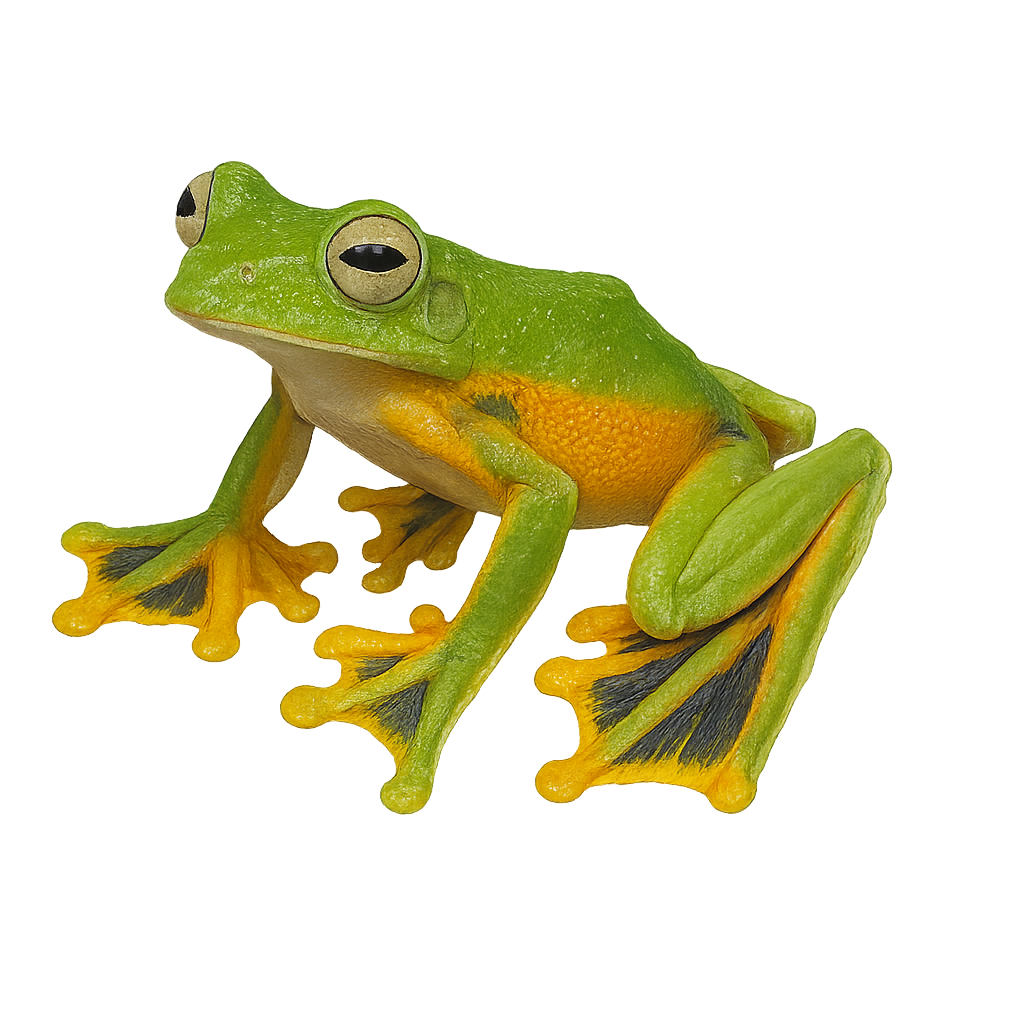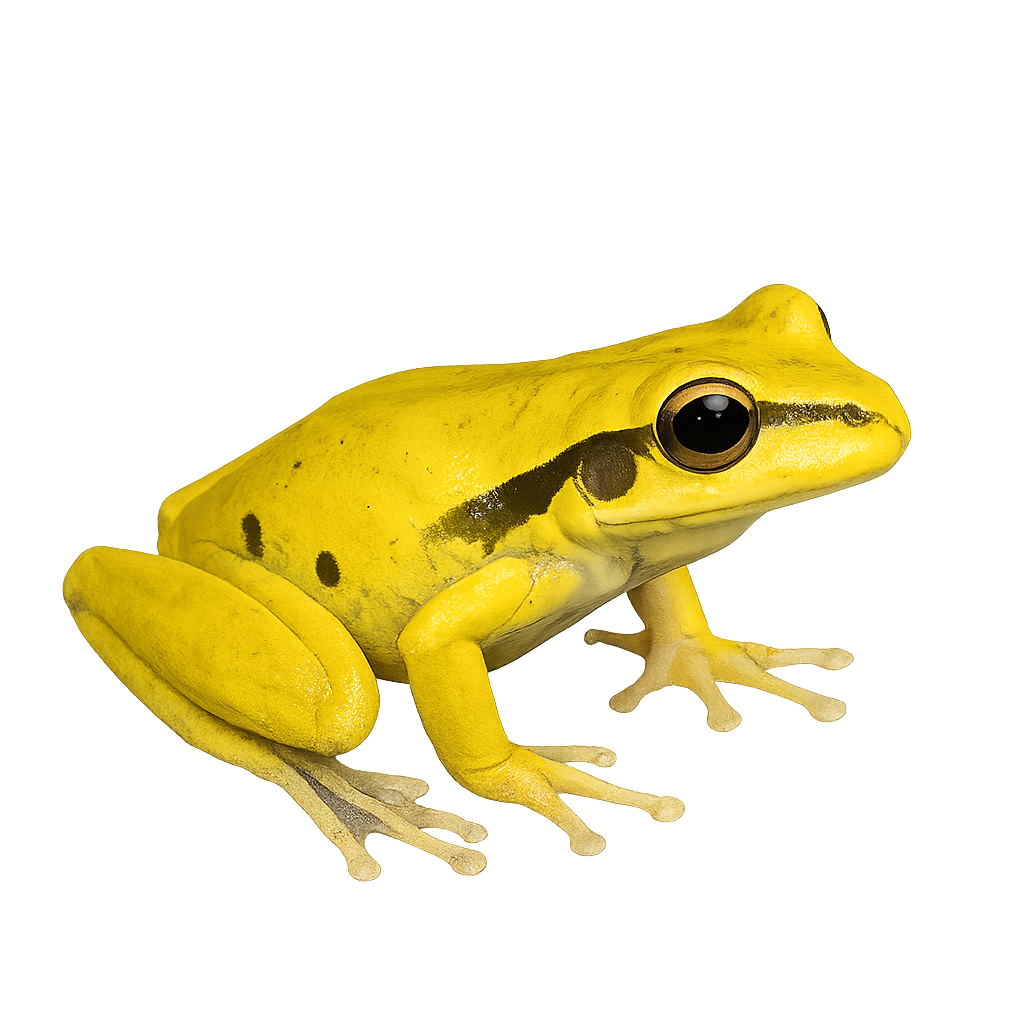Your wildlife tracking tool..
Browse 2,846species by country, track observations, and plan your photo outings.
Your global reference for wildlife photography
WildlifePhotographer gives you access to over 2,846 wildlife species sheets to help you identify, understand, and photograph wildlife around the world. Mammals, birds, reptiles… each sheet provides key information: habitat, activity, life cycle, signs of presence, and tailored photo tips.
Our database grows every week with new iconic species. To go further, access maps, reminders, logs, and personalized statistics in the app — designed to meet the real needs of wildlife photographers in the field.
White-edged Tree Frog
Boana albomarginata
The White-edged Tree Frog, Boana albomarginata, is a species of tree frog found mainly in the humid tropical forests of South America. It is recognizable by its bright green coloration and distinctive white edges along its limbs and body. This species is generally active at night, feeding on insects and other small invertebrates. It prefers habitats near water bodies, where it can easily reproduce. Males call to attract females during the rainy season. Although this species is not currently threatened, deforestation and habitat loss pose potential risks to its population.
Wood Frog
Lithobates sylvaticus
The wood frog, Lithobates sylvaticus, is a fascinating species belonging to the Ranidae family. It is easily recognizable by its brownish to reddish coloration and the dark band that runs across its eyes. This frog is particularly remarkable for its ability to survive in cold environments, notably due to its freeze tolerance. In winter, it enters a state of partial freezing, where up to 65% of its body water can turn into ice. It primarily inhabits moist forests, swamps, and wooded areas near ponds and streams. Its breeding period often coincides with the melting of snow, when temperatures begin to warm up.
Wallace's flying frog
Rhacophorus nigropalmatus
Wallace's Flying Frog is a remarkable amphibian species, famous for its ability to glide from tree to tree. This frog, with long and flexible limbs, has wide feet with membranes that allow it to stabilize itself in flight. It primarily lives in the humid tropical forests of Malaysia, Indonesia, and Borneo. It feeds on insects while suspended in the branches of trees. During the breeding season, it moves to ponds or streams to lay its eggs. Wallace's Flying Frog is also nocturnal and uses its flight to escape predators.
Wilcox's Frog
Litoria wilcoxii
The Wilcox's Frog, or Litoria wilcoxii, is a tree frog species primarily found in the coastal regions of southeastern Queensland and northeastern New South Wales in Australia. It is recognizable by its smooth skin and bright green coloration, often speckled with golden or brown spots. This frog prefers humid habitats such as rainforests, swamps, and riverbanks with dense vegetation. It is mainly nocturnal, hiding in vegetation during the day and becoming active at night to feed on insects. Although its conservation status is currently "least concern," it is sensitive to environmental changes, particularly habitat loss and pollution.
White-lipped Tree Frog
Litoria infrafrenata
The White-lipped Tree Frog, or Litoria infrafrenata, is a species of tree frog native to Australia and New Guinea. It is the largest tree frog species in the world, reaching up to 14 cm in length. Its coloration ranges from bright green to brown, with a distinctive white stripe along its lower lip. It has adhesive fingers that allow it to easily climb trees. This species is primarily nocturnal and feeds on insects and other small invertebrates. It prefers humid habitats such as rainforests, swamps, and riparian zones. Although it is widely distributed, it is sometimes threatened by habitat loss and pollution.
Western Slimy Salamander
Plethodon albagula
Plethodon albagula, commonly known as the Western Slimy Salamander, is an amphibian species in the Plethodontidae family. It is primarily found in the wooded regions of central United States, particularly in moist and shaded areas. This salamander is characterized by its smooth and moist skin, often black with white or grayish spots on its back. It typically measures between 10 and 15 cm in length. Nocturnal, it primarily feeds on insects and other small invertebrates. Unlike many other salamander species, it lacks lungs and breathes through its skin. Its reproduction is terrestrial, and it lays its eggs in moist places, where the larvae develop without an aquatic phase.







